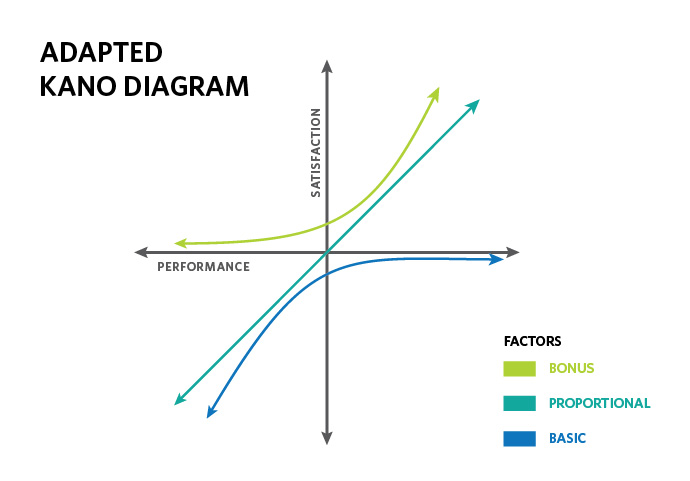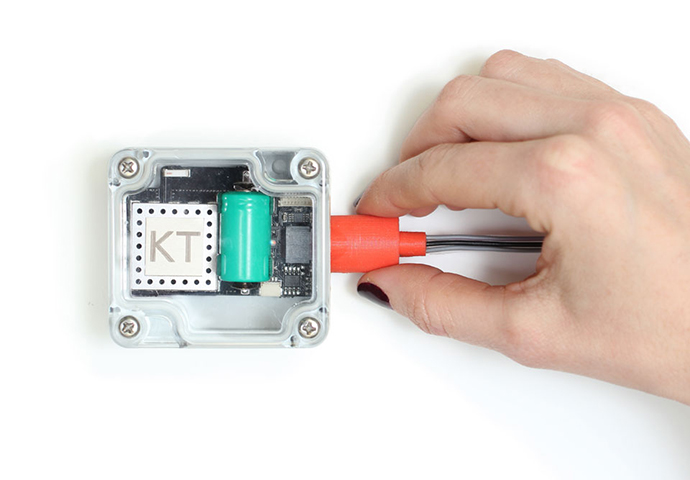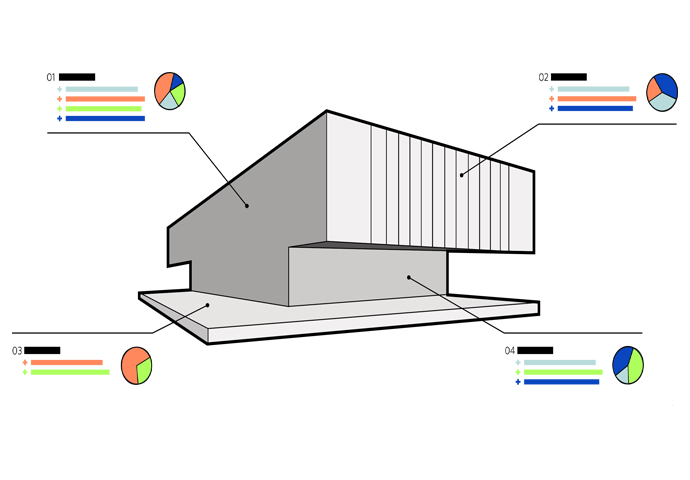How Do We Evaluate Buildings Post-Occupancy?
What is Post-Occupancy Evaluation (POE) and how does it relate to the practice of sustainable design?
We undertook a research query with the goal of using feedback from actual buildings to track design outcomes and define future inputs for design optioning.
Results
POE can be broadly considered the “activities and processes of systematically evaluating the performance of buildings after they have been built and occupied for some time.”1 However, in the interpretation of “building performance,” several distinct schools of thought have emerged. There are three primary definitions of post-occupancy evaluation outlined briefly below: indoor environmental quality evaluation (of which daylight evaluation is a sub-set), functional and/or technical performance verification (the final step in Evidence-Based Design), and holistic evaluation, which is primarily concerned with occupant satisfaction and may also include financial and social science indicators. See a breakdown of POE tools by building typology.
Indoor Environmental Quality
This definition of POE has a strong emphasis on occupant comfort and satisfaction and can be further divided by the two primary approaches to study: qualitative survey and quantitative measurement. Although these are often paired together, most studies privilege one type of information over the other. Two specific topics of focus within the broader IEQ conversation are air quality and daylighting.
CURRENT TRENDS: Although this form of POE was previously used primarily as a way to investigate the causes of SBS and improve worker productivity, it is now having broader application in education. One of the most useful classifications2 relates IEQ satisfaction to Key Performance Indicators used in Kano's Satisfaction Model, showing that performance factors fall into three categories: Basic Factors (or minimum expectation requirements) which can only cause dissatisfaction if not met, Bonus Factors (or overachievement) which can only cause increased satisfaction, and Proportional Factors, which have a linear relationship between satisfaction and performance, as illustrated in the figure to the left.
Performance Verification
The primary purpose for this form of POE is to verify building performance against design model predictions. This is the form most commonly used in the discussion of green buildings in the United States. Performance rating tools such as EPLabel3 and NABERS4 specifically consider this form of POE.
CURRENT TRENDS: In LEED v4, points for Water Metering (WEc4), Indoor Air Quality (EQp1, EQc4), Thermal Comfort (EQc5), Interior Lighting (EQc6), Daylight (EQc7), Acoustic Performance (EQc9), Commissioning (EAp1, EAc1), and Energy Metering (EAp3, EAc3) fall under the umbrella of POE. However, most of these credits are structured in such a way as to provide the infrastructure and metrics similar to a very narrow scope single-topic-focused POE, but they do not necessarily include the detailed analysis or feedback loop that a POE would require.
Holistic Evaluation
This definition of POE has branched off in order to consider a more holistic approach linking human behavioral responses to building performance and evaluation. This definition has been gaining popularity as a mode of evaluation in the United States in the last decade, especially within academia, but is still not as broadly applied as it is in the UK and greater European Union. Since 2010, this branch has further split with the popularization of FPE (Facility Performance Evaluation) by the practitioners and academics engaged in the topic.
CURRENT TRENDS: Attempts are being made towards standardization of methodology based on building typologies. This type of evaluation is also following the general trend towards digital (rather than paper-based) methods. There is an ongoing effort in Europe (primarily within the UK) to create a large enough database of comparable studies to be able to create generalized benchmarks and influence policy/regulation decision-making. This form of evaluation is becoming more popular globally, with recent governmental funding for its implementation in case studies in both the US and China. No single standardized method for how FPE is practiced has been generally accepted, however the WorkPlace 20-20 program developed by the U.S. General Services Administration5 is one of the more consistently used methodologies in the US.
1Preiser, W.F.E., H.Z. Rabinowitz, and E.T. White, Post-Occupancy Evaluation, Van Nostrand Reinhold: New York, 1988.
2For more detail, see the manufacturer spec sheet.
3Kim, Jungsoo, and Richard de Dear, “Nonlinear relationships between individual IEQ factors and overall workspace satisfaction,” Building and Environment 49 (2012): 33-40.
4Energy Performance labeling system, for buildings in the EU. For more information: href="http://www.eplabel.org/">http://www.eplabel.org/
5National Australian Built Environment Rating System. For more information: http://www.nabers.gov.au





